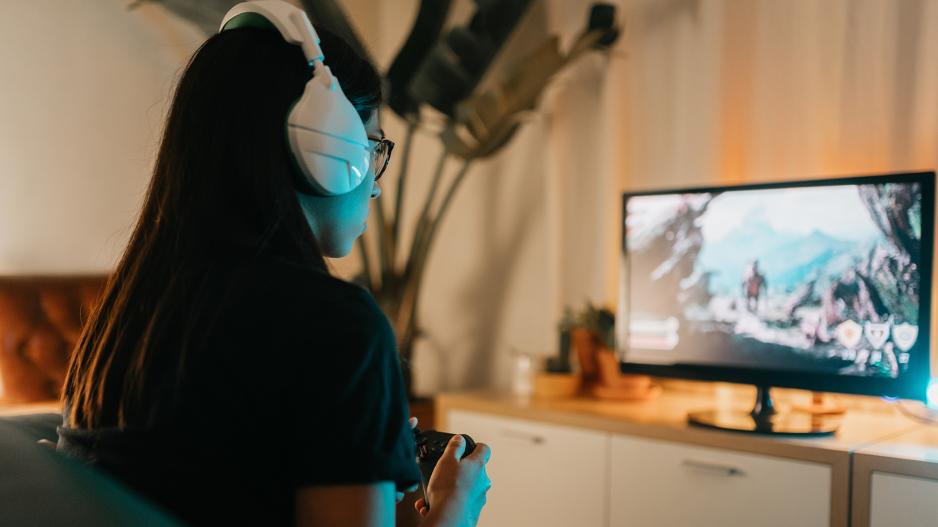High Social Media Use and Gaming Among Cypriot Teens
13% of Cypriot teenagers exhibit problematic social media use
A recent global study on social media use and electronic gaming, conducted in Cyprus between November 2021 and April 2022, reveals that 43% of Cypriot teenagers maintain continuous online contact. Of these, 34% engage with close friends, 15% with broader social circles, 8% with online acquaintances, and 19% with family members, such as parents or siblings.
The survey included 4,818 students from 212 public and private schools across Cyprus, with data collected through electronic questionnaires for students and schools.
The findings show that girls report higher continuous online contact (47%) than boys (39%). This trend increases with age and socioeconomic status. Among Cypriot teenagers from higher socioeconomic backgrounds, 44% of boys and 54% of girls maintain regular online contact, compared to 33% of boys and 43% of girls from lower-income families.
The study highlights that 13% of Cypriot teenagers exhibit problematic social media use, surpassing the global average of 11%. Girls are more likely to experience such issues, with 17% in Cyprus and 13% globally affected, compared to lower rates among boys. Notably, 15% of 13-year-olds in Cyprus show problematic use, the highest among age groups, compared to 14% of 15-year-olds and 11-year-olds.
Daily engagement with electronic games, including smartphones, tablets, laptops, and consoles, is reported by 37% of Cypriot teenagers, slightly above the global average of 34%.

To address these trends, the World Health Organization (WHO) emphasizes the importance of tailored interventions and education. Key recommendations include:
-
Developing age-appropriate programs before children acquire personal devices or gaming habits to counteract addictive behaviors.
-
Training parents, policymakers, and educators to differentiate between intensive and problematic social media use and identify risk factors for gaming addiction.
-
Ensuring inclusive programs that cater to children from low socioeconomic backgrounds and those with disabilities, while reflecting the cultural characteristics of each country.
-
Conducting systematic monitoring and evaluation of current policies and gathering input from children to inform future initiatives.






